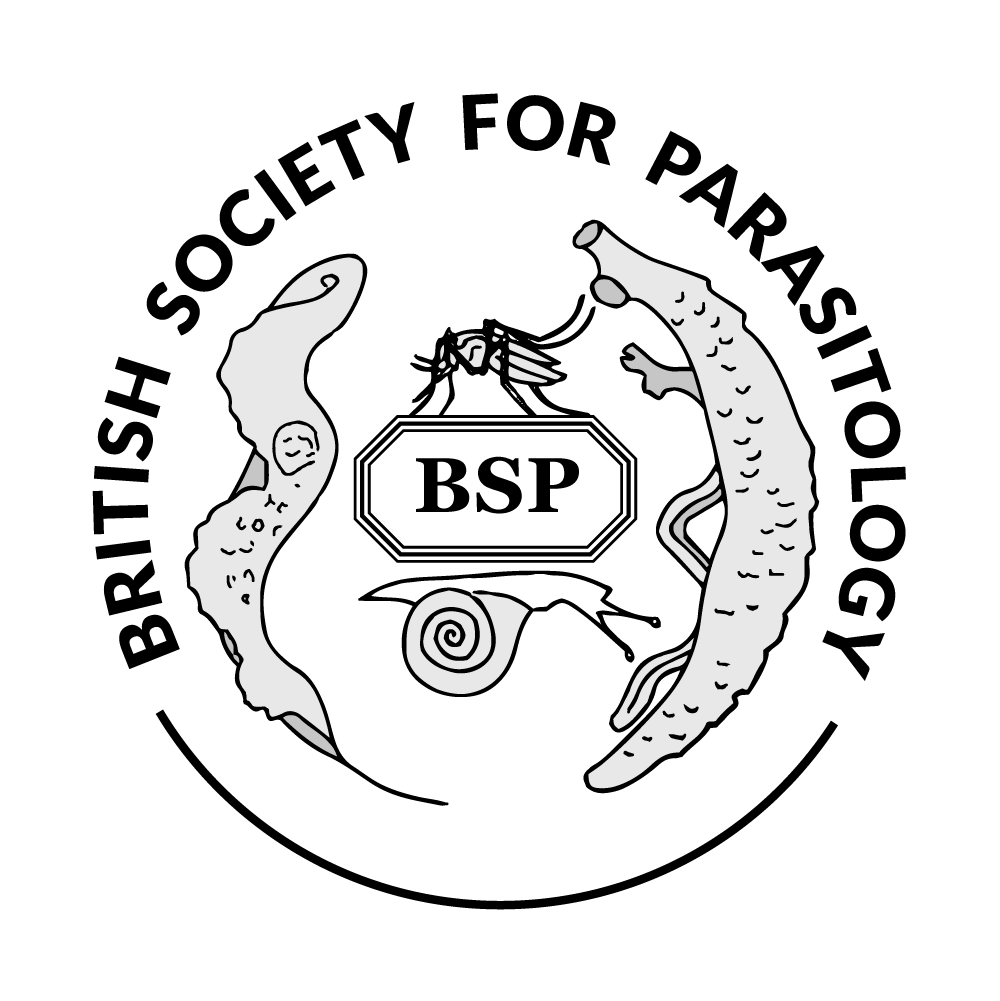Authors
S Ferguson1; J M Lucocq1; 1 School of Medicine, University of St AndrewsDiscussion
Microsporidia are obligate intracellular parasites of fungal origin that can cause severe wasting disease in the immunocompromised. Due to a high degree of genetic reduction, interactions between these parasites and host organelles and metabolic functions play an important role in parasite survival. For example, direct binding of host mitochondria to the parasitophorous vacuole to steal ATP has been previously reported in the species Encephalitozoon cuniculi, demonstrating a reliance of the parasite on the host for energetic supplement. However, this mitochondrial association is not observed in the species Trachipleistophora hominis, which undergoes its replicative stages in direct contact with the host cytoplasm. The wealth of genomic data available for select Microsporidial species has allowed for the identification of proteins predicted for secretory pathway targeting, the most unusual of which is the typically cytosolic hexokinase. This enzyme, which catalyses the first step in glycolysis (glucose to glucose-6-phosphate), also plays a role in apoptotic resistance, and as such is of interest from both an energetic and survival perspective. Here, we investigate the localisation and function of two parasite hexokinase isoforms (hexokinase 2 and 3) with predicted signal peptides from the human pathogen Trachipleistophora hominis, both qualitatively and quantitatively. This demonstrated that both hexokinase 2 and 3 are enriched in the complex parasite coat of the vegetative meront that extensively infiltrates the host cell cytoplasm. To identify the functional significance of these proteins, they were analysed for structural homology and conserved domains. To further delineate the role of hexokinase 3, an epitope tagged form of the protein was exogenously expressed in host cells with and without infection. Finally, metabolomic techniques were employed to understand the global impact of these T. hominis hexokinases, both in cell populations and individuals. 
